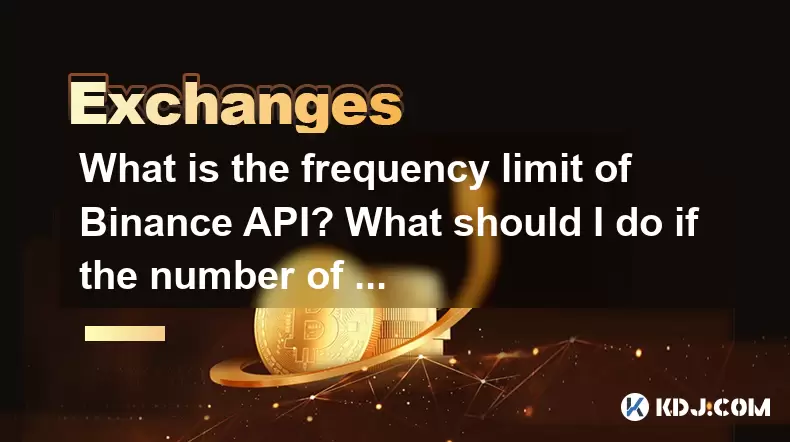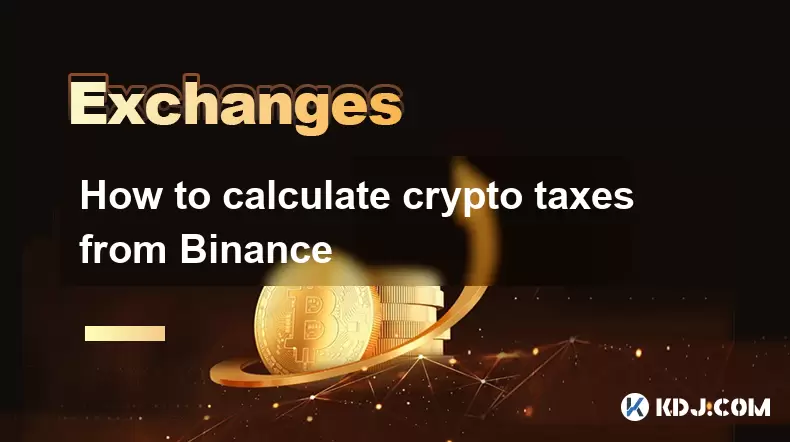-
 Bitcoin
Bitcoin $117500
2.15% -
 Ethereum
Ethereum $3911
6.19% -
 XRP
XRP $3.316
10.79% -
 Tether USDt
Tether USDt $1.000
0.01% -
 BNB
BNB $787.2
2.24% -
 Solana
Solana $175.2
4.15% -
 USDC
USDC $0.9999
0.00% -
 Dogecoin
Dogecoin $0.2225
8.40% -
 TRON
TRON $0.3383
0.28% -
 Cardano
Cardano $0.7868
6.02% -
 Stellar
Stellar $0.4382
9.34% -
 Hyperliquid
Hyperliquid $40.92
7.56% -
 Sui
Sui $3.764
7.63% -
 Chainlink
Chainlink $18.48
10.66% -
 Bitcoin Cash
Bitcoin Cash $582.1
1.88% -
 Hedera
Hedera $0.2601
6.30% -
 Avalanche
Avalanche $23.33
4.94% -
 Ethena USDe
Ethena USDe $1.001
0.02% -
 Litecoin
Litecoin $122.3
2.04% -
 UNUS SED LEO
UNUS SED LEO $8.969
-0.27% -
 Toncoin
Toncoin $3.339
0.86% -
 Shiba Inu
Shiba Inu $0.00001287
4.30% -
 Uniswap
Uniswap $10.43
7.38% -
 Polkadot
Polkadot $3.861
5.08% -
 Dai
Dai $1.000
0.02% -
 Bitget Token
Bitget Token $4.513
3.41% -
 Monero
Monero $267.7
-6.18% -
 Cronos
Cronos $0.1499
4.14% -
 Pepe
Pepe $0.00001110
5.15% -
 Aave
Aave $284.9
8.28%
What is the frequency limit of Binance API? What should I do if the number of requests is exceeded?
Binance API has weight limits (1200-6000/min) and rate limits (e.g., 20/min for /api/v3/exchangeInfo) to manage server load; exceeding them results in rejected requests.
May 17, 2025 at 05:28 am

What is the Frequency Limit of Binance API?
The Binance API is a powerful tool for traders and developers to interact with the Binance exchange programmatically. Understanding the frequency limits of the Binance API is crucial for ensuring smooth and efficient operations. The API has different limits based on the type of request, categorized into weight limits and rate limits.
Understanding Weight Limits
The weight limit system is used by Binance to manage the load on their servers. Each API endpoint has a specific weight assigned to it, which represents the computational cost of processing that request. The total weight of all requests made within a minute must not exceed the user's weight limit.
- Standard Account: The default weight limit for a standard account is 1200 weights per minute.
- VIP Account: Depending on the VIP level, the weight limit can be higher, ranging from 3600 to 6000 weights per minute.
For example, a request to the /api/v3/account endpoint might have a weight of 10, while a request to /api/v3/order might have a weight of 1. If you make 100 requests to /api/v3/order and 10 requests to /api/v3/account within a minute, the total weight would be (100 1) + (10 10) = 200 weights.
Understanding Rate Limits
In addition to weight limits, Binance also enforces rate limits, which are based on the number of requests per second or minute. These limits vary depending on the endpoint and the type of request.
- IP Limits: These are limits based on the IP address of the requester. For example, the
/api/v3/exchangeInfoendpoint has an IP limit of 20 requests per minute. - Order Rate Limits: These are specific to order-related endpoints. For example, the
/api/v3/orderendpoint has an order rate limit of 10 orders per second.
What Should I Do If the Number of Requests Is Exceeded?
Exceeding the API limits can result in your requests being rejected, which can disrupt your trading strategies. Here are some strategies to manage and mitigate the impact of hitting these limits.
Implementing Rate Limiting
To avoid hitting the API limits, you can implement rate limiting in your code. This involves adding delays between requests to ensure you stay within the allowed limits.
- Use Libraries: Many programming languages have libraries that can help with rate limiting. For example, in Python, you can use the
requestslibrary with a customSessionthat implements rate limiting. - Manual Delays: You can manually add delays between requests using
time.sleep()in Python or similar functions in other languages.
Here's a simple example of how to implement rate limiting in Python:
import time
import requestsclass RateLimitedSession(requests.Session):
def __init__(self, rate_limit=1200, period=60):
super().__init__()
self.rate_limit = rate_limit
self.period = period
self.requests_made = 0
self.start_time = time.time()
def request(self, method, url, **kwargs):
now = time.time()
elapsed = now - self.start_time
if elapsed > self.period:
self.requests_made = 0
self.start_time = now
if self.requests_made >= self.rate_limit:
time_to_wait = self.period - elapsed
time.sleep(time_to_wait)
self.requests_made = 0
self.start_time = time.time()
self.requests_made += 1
return super().request(method, url, **kwargs)
Usage
session = RateLimitedSession()
response = session.get('https://api.binance.com/api/v3/exchangeInfo')
Monitoring and Logging
Monitoring your API usage is essential to understand how close you are to hitting the limits. Logging your requests and their weights can help you identify patterns and adjust your strategy accordingly.
- Log Each Request: Record the timestamp, endpoint, and weight of each request.
- Analyze Logs: Regularly review your logs to identify peak times and adjust your rate limiting accordingly.
Using Multiple API Keys
If you are consistently hitting the limits, consider using multiple API keys. Binance allows you to create multiple keys, each with its own set of limits. By distributing your requests across multiple keys, you can effectively increase your overall limit.
- Create Additional Keys: Go to the Binance API Management page and create new keys.
- Distribute Requests: Implement logic in your code to distribute requests across the keys based on their usage.
Optimizing Your Requests
Another strategy is to optimize your requests to reduce the number of calls you need to make. This can be done by:
- Batching Requests: Where possible, combine multiple requests into a single call. For example, instead of making multiple calls to
/api/v3/orderto check the status of several orders, use the/api/v3/openOrdersendpoint to get all open orders in one request. - Caching Responses: Store the results of API calls that don't change frequently, such as
/api/v3/exchangeInfo, and reuse them instead of making new requests.
Frequently Asked Questions
Q: Can I increase my API limits by upgrading to a VIP account?
A: Yes, upgrading to a VIP account can increase your API limits. The exact increase depends on your VIP level, with higher levels offering higher limits. You can check the specific limits for each VIP level on the Binance website.
Q: What happens if I exceed the API limits?
A: If you exceed the API limits, your requests will be rejected with an error code indicating that you have hit the rate limit. You will need to wait until the limit resets before you can make more requests.
Q: Are there any tools available to help manage API limits?
A: Yes, there are several tools and libraries available that can help manage API limits. For example, in Python, you can use libraries like requests with custom rate limiting, or third-party services like Postman for testing and monitoring your API usage.
Q: Can I use the same API key for multiple applications?
A: While it is technically possible to use the same API key for multiple applications, it is not recommended. Using a single key for multiple applications can lead to hitting the API limits more quickly. It's better to use separate keys for each application to manage your limits more effectively.
Disclaimer:info@kdj.com
The information provided is not trading advice. kdj.com does not assume any responsibility for any investments made based on the information provided in this article. Cryptocurrencies are highly volatile and it is highly recommended that you invest with caution after thorough research!
If you believe that the content used on this website infringes your copyright, please contact us immediately (info@kdj.com) and we will delete it promptly.
- Tron's Sell-Off Spurs Altcoin Shift: What's Next for TRX?
- 2025-08-08 08:30:12
- RUVI Presale: Is the Growth Potential Real?
- 2025-08-08 09:10:12
- Sleep Token's US Takeover: Thornhill Rides the 'Even In Arcadia' Wave
- 2025-08-08 08:30:12
- FTT Token's Wild Ride: Creditor Repayments vs. Market Drop - A New Yorker's Take
- 2025-08-08 07:10:12
- Floki Crypto Price Prediction: Riding the Robinhood Rocket or Just a Meme?
- 2025-08-08 07:15:12
- EigenLayer, Restaking, and Ethereum: Navigating the Hype and the Hazards
- 2025-08-08 06:30:12
Related knowledge

How to use margin trading on Poloniex
Aug 08,2025 at 09:50am
Understanding Margin Trading on Poloniex

How to use advanced trading on Gemini
Aug 08,2025 at 04:07am
Understanding Advanced Trading on GeminiAdvanced trading on Gemini refers to a suite of tools and order types designed for experienced traders who wan...

How to deposit USD on Bitstamp
Aug 07,2025 at 05:18pm
Understanding Bitstamp and USD DepositsBitstamp is one of the longest-standing cryptocurrency exchanges in the industry, offering users the ability to...

How to use the Kraken Pro interface
Aug 08,2025 at 09:57am
Understanding the Kraken Pro Interface LayoutThe Kraken Pro interface is designed for both novice and experienced traders seeking a streamlined experi...

How to find my transaction ID on Gemini
Aug 08,2025 at 12:50am
Understanding the Transaction ID in Cryptocurrency ExchangesA transaction ID (TXID) is a unique alphanumeric string that identifies a specific transfe...

How to calculate crypto taxes from Binance
Aug 08,2025 at 07:56am
Understanding Cryptocurrency Taxation on BinanceCalculating crypto taxes from Binance requires a clear understanding of how tax authorities classify d...

How to use margin trading on Poloniex
Aug 08,2025 at 09:50am
Understanding Margin Trading on Poloniex

How to use advanced trading on Gemini
Aug 08,2025 at 04:07am
Understanding Advanced Trading on GeminiAdvanced trading on Gemini refers to a suite of tools and order types designed for experienced traders who wan...

How to deposit USD on Bitstamp
Aug 07,2025 at 05:18pm
Understanding Bitstamp and USD DepositsBitstamp is one of the longest-standing cryptocurrency exchanges in the industry, offering users the ability to...

How to use the Kraken Pro interface
Aug 08,2025 at 09:57am
Understanding the Kraken Pro Interface LayoutThe Kraken Pro interface is designed for both novice and experienced traders seeking a streamlined experi...

How to find my transaction ID on Gemini
Aug 08,2025 at 12:50am
Understanding the Transaction ID in Cryptocurrency ExchangesA transaction ID (TXID) is a unique alphanumeric string that identifies a specific transfe...

How to calculate crypto taxes from Binance
Aug 08,2025 at 07:56am
Understanding Cryptocurrency Taxation on BinanceCalculating crypto taxes from Binance requires a clear understanding of how tax authorities classify d...
See all articles

























































































